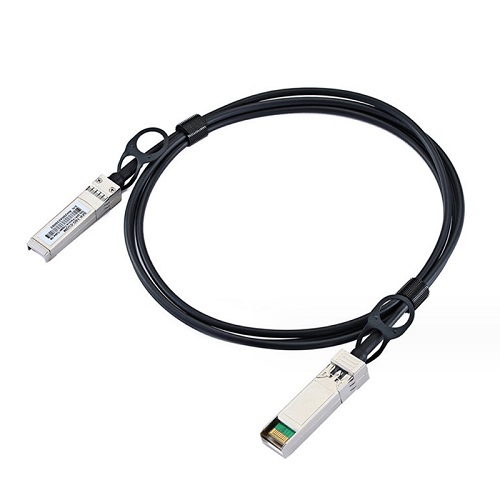 A DAC (Digital to Analog Converter) is a device that converts a digital signal into an analog signal (in the form of current, voltage, or charge). In many digital systems (such as computers), signals are stored and transmitted digitally, and DAC can convert such signals into analog signals so that they can be recognized by outsiders (humans or other non-digital systems).
A DAC (Digital to Analog Converter) is a device that converts a digital signal into an analog signal (in the form of current, voltage, or charge). In many digital systems (such as computers), signals are stored and transmitted digitally, and DAC can convert such signals into analog signals so that they can be recognized by outsiders (humans or other non-digital systems).
1. wire: silver-plated copper
2.wire: 26-30AWG
3.plating: PCB gold plating 30
4. length: 2 meters
Packaging & Shipp | |
Packaging | PE bag per pcs Customized packaging is available |
Carton size | 40cm*30cm*25 cm. Customized carton is available |
Shipping by air | 2-7days |
Shipping by vessel | 10-25days depend on the port of destination |
Logistics and transportation | sea transportation/air transportation/land transportation |
Payment method | TT |
Minimum order quantity | 200pcs |
Delivery time | 15~25D |
Supply capacity/month | 50000PCS |
A DAC (Digital-to-Analog Converter) high-speed cable is a type of cable used to transmit digital audio signals from a digital source, such as a computer, smartphone, or media player, to an external DAC. The DAC then converts these digital signals into analog signals that can be amplified and sent to speakers or headphones for playback.
Here are some key considerations and characteristics of DAC high-speed cables:
Digital Transmission: These cables are designed to transmit digital audio signals with high fidelity and minimal signal degradation. They often use specific Connectors, such as USB, coaxial, or optical, depending on the type of connection supported by the DAC.
High-Speed Data Transfer: High-speed cables are important for maintaining the integrity of the digital audio signal. They ensure that the data is transferred quickly and accurately from the source to the DAC, reducing the likelihood of jitter or other signal distortions.
Shielding: To prevent electromagnetic interference (EMI) and radio-frequency interference (RFI), DAC high-speed cables are often shielded. This shielding helps maintain signal integrity by minimizing external interference that could degrade the audio quality.
Connector Types: The choice of Connector types depends on the DAC and the source device. Common connectors include USB, coaxial, optical (Toslink), or HDMI. USB is particularly common for connecting DACs to computers and smartphones.
Length: The length of the cable can impact signal quality. While shorter cables generally have less signal loss, it's essential to choose a length suitable for your specific setup without introducing unnecessary signal degradation.
Build Quality: High-quality materials and construction contribute to the durability and longevity of the cable. Connectors should be robust and well-constructed to ensure a secure and reliable connection.
Compatibility: Ensure that the cable is compatible with both the source device and the DAC. Check the supported formats and specifications to match the requirements of your audio equipment.
When selecting a DAC high-speed cable, it's important to consider the specific needs of your audio setup and the compatibility with your devices. The goal is to maintain the integrity of the digital audio signal as it travels from the source to the DAC, ultimately enhancing the audio quality in the analog output.